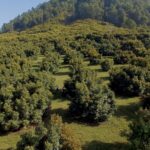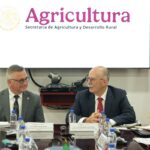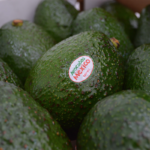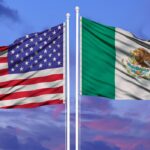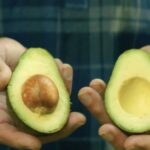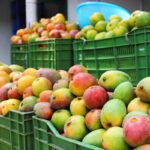'Let's move to the 21st century' on traceability, says Walmart Mexico rep

Two decades ago, produce retailers used to waste significant amounts of time on manually entering the details of fruit at the cashier, but thanks to new technologies the process has been made easier with stickers and labels. But the system could be better. At the Produce Marketing Association's (PMA) Fresh Connections: Mexico event in Querétaro last week, industry leaders from Walmart, Rainier Fruit Company and the PMA itself discussed the importance of traceability in the modern age.
In one of the event's talks, PMA vice president of supply chain efficiencies Ed Treacy gave his take on a common standard of PLU (Price Look-Up) codes used in the U.S., Canada and other countries.
"The aim is to raise sales, increasing the retailers' opportunities for margins, and also to improve the management of categories to get a positive effect for suppliers," Treacy said.
The traceability expert added these PLU codes, which were small labels with a number attached, were the "first phase" of the technology, followed by GS1 DataBar codes.
One panelist to discuss traceability in Querétaro was Nate Montgomery, who heads up Rainier Fruit Company's Mexico and South America sales. 
"Today we have a wide range of growers who have experience and can minimize costs in one way or another. In truth, the challenges we had at the time, 20 years ago, many of them are not so big anymore. Before they were walls and now they are little potholes."
Walmart Mexico and Central America fresh foods vice president Manolo Reyes was also on the panel, and shared Montgomery's views.
"Every year we have access to new innovations....we are always looking at how to improve. One of the things we are doing now is PLU," Reyes said.
"The label with a PLU number was put in place, as well as barcodes, and now we are even including brand information - things that are simple but help a lot for the effective commercialization of our product.
"And the PLU code allows you to know what each store requires, information with which retailers and traders can ensure p that their purchase orders are bigger."
Reyes added the technology also allowed the company to work on space and positioning in stores.
"The optimization of space is something that PLU also gives us. We will know if a stand, an aisle or an area with a lot of traffic is generating the sales it should, and this allows us to make better decision in all the activities we'll be doing," Reyes told participants.
Montgomery expanded on these benefits and the importance of utilizing DataBar technology.
"The DataBar is a dream come true for me, because not only can you see the item's sales, but now you can differentiate what is from loyalty and what the customer prefers. The DataBar is really an evolution we have to arrive at," Montgomery said.
Reyes agreed, highlighting GSI DataBar assisted in catering to a market where transparency was key.
"The customer is getting more and more demanding, and one of the things that is very demanded today is transparency. Customers don't just want to know who the grower is, what region they're from, when they harvest. The customer also wants to know what agricultural practices were used before it got to the shelf and why they should take it to their family," Reyes said.
"These are things we have to understand because, as it's more demanding, information is raining down. The customer is evolving more quickly than us as retailers or you as growers. I think we have to get to the same speed the customer is moving at.
In conclusion, the panelists highlighted that with technological advances and internet access, physical business and digital business were getting ever closer. To adapt to this trand, PLU codes and GS1 DataBar standards would be a great help.
"Today PLU is something that is here to stay, but it is also something that allows us to evolve in this business...we have to move to the 21st century," Reyes concluded.

















